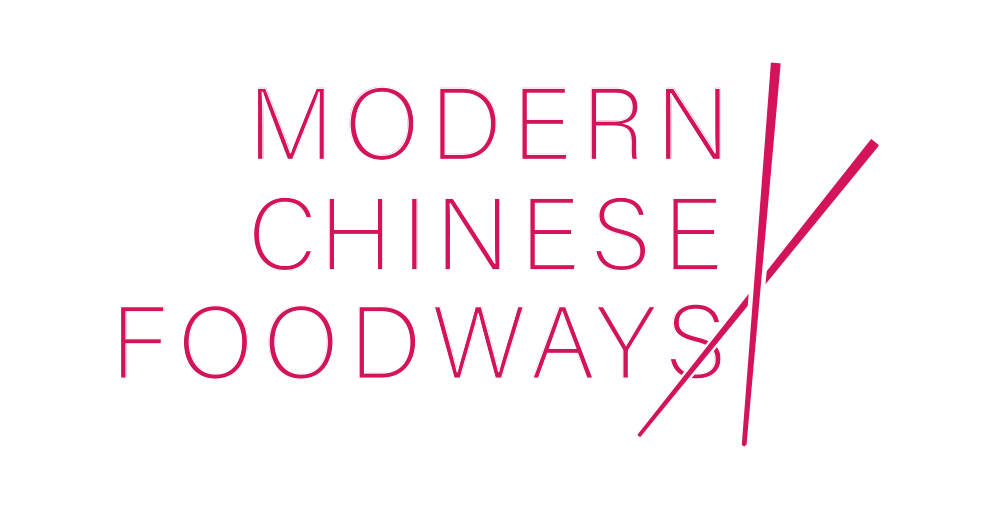ABSTRACT
I first tried robot-made Chinese home-styled dishes at a friend’s Bed & Breakfast in Shenzhen, China in 2019. The machine is the product a Shenzhen-based startup; its operation requires a mobile-phone app, which is also used to order pre-packaged, compartmentalized ingredients delivered to households by human couriers. For many middle-class urbanites in China, even before the COVID-19 pandemic, grocery shopping was already becoming a practice of the past. Thanks to the booming business of kuaidi, or “express delivery,” ready-made meals and prepped fresh materials for speedy home cooking are increasingly the norm. In this context, the cooking robot offers a distinctive opportunity to investigate how information and communication technologies (ICTs) are integrated in the production, distribution, and consumption of food in 21st-century urban China. This paper draws on ethnographic data to examine the changing practices of buying, making, and eating home meals in first-tier cities like Shanghai and Shenzhen. If food culture in Chinese history has always been intertwined with the development of technologies, whether in terms of transportation, preparation, energy, or otherwise, I ask to what extent the so-called digital revolution builds upon age-old techniques while generating and meeting new expectations of taste, efficiency, safety, and sustainability. Inspired by recent scholarship on logistics and media infrastructure, I posit that urban foodways in China’s information age illuminate a long-standing and potentially deepening entanglement of the human and the non-human that is particularly worthy of further inquiry in a pandemic that has entwined food, technologies, and everyday life in profound ways.
